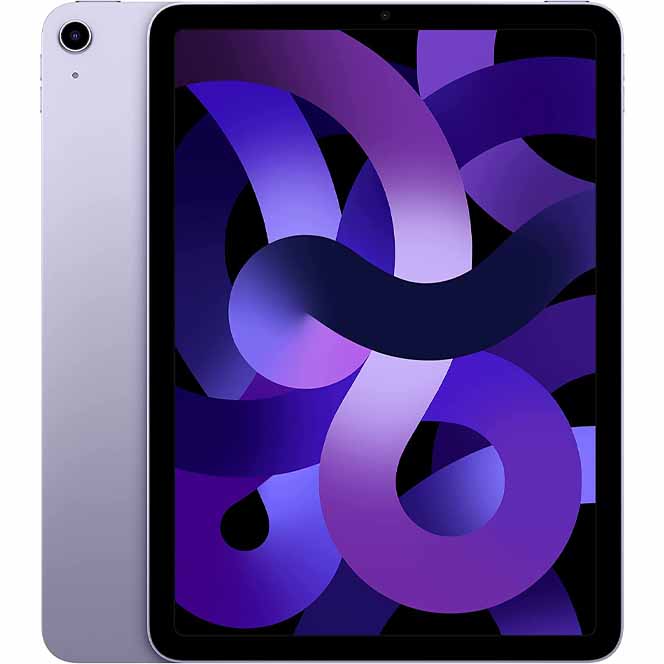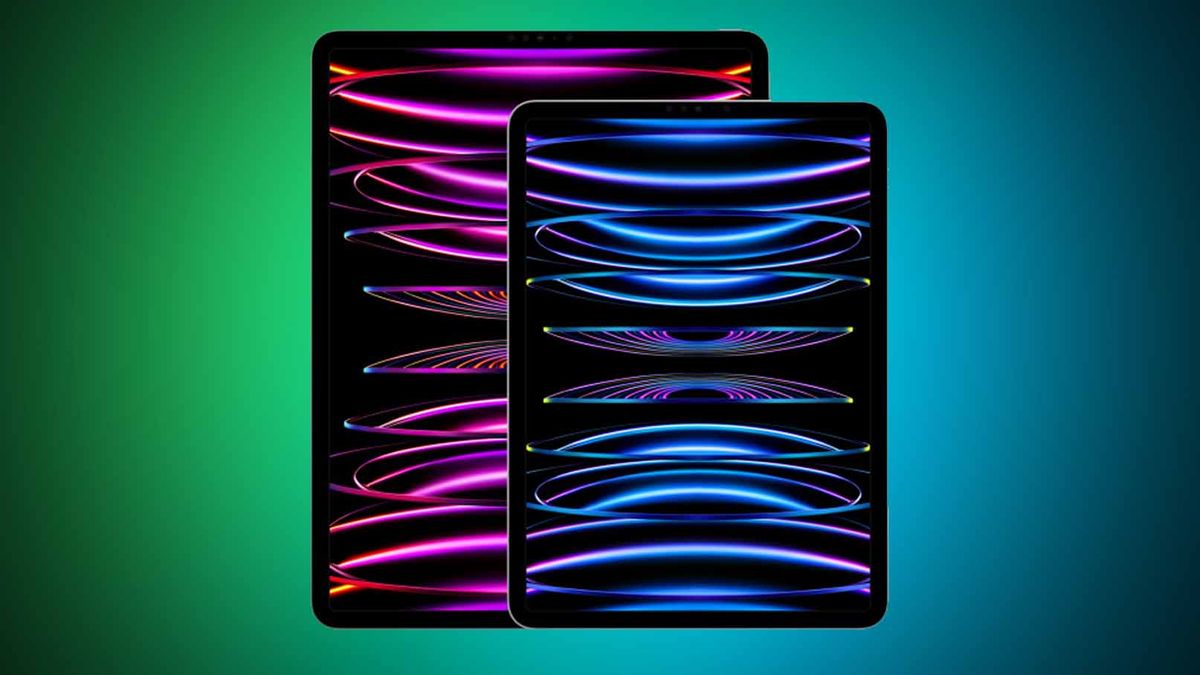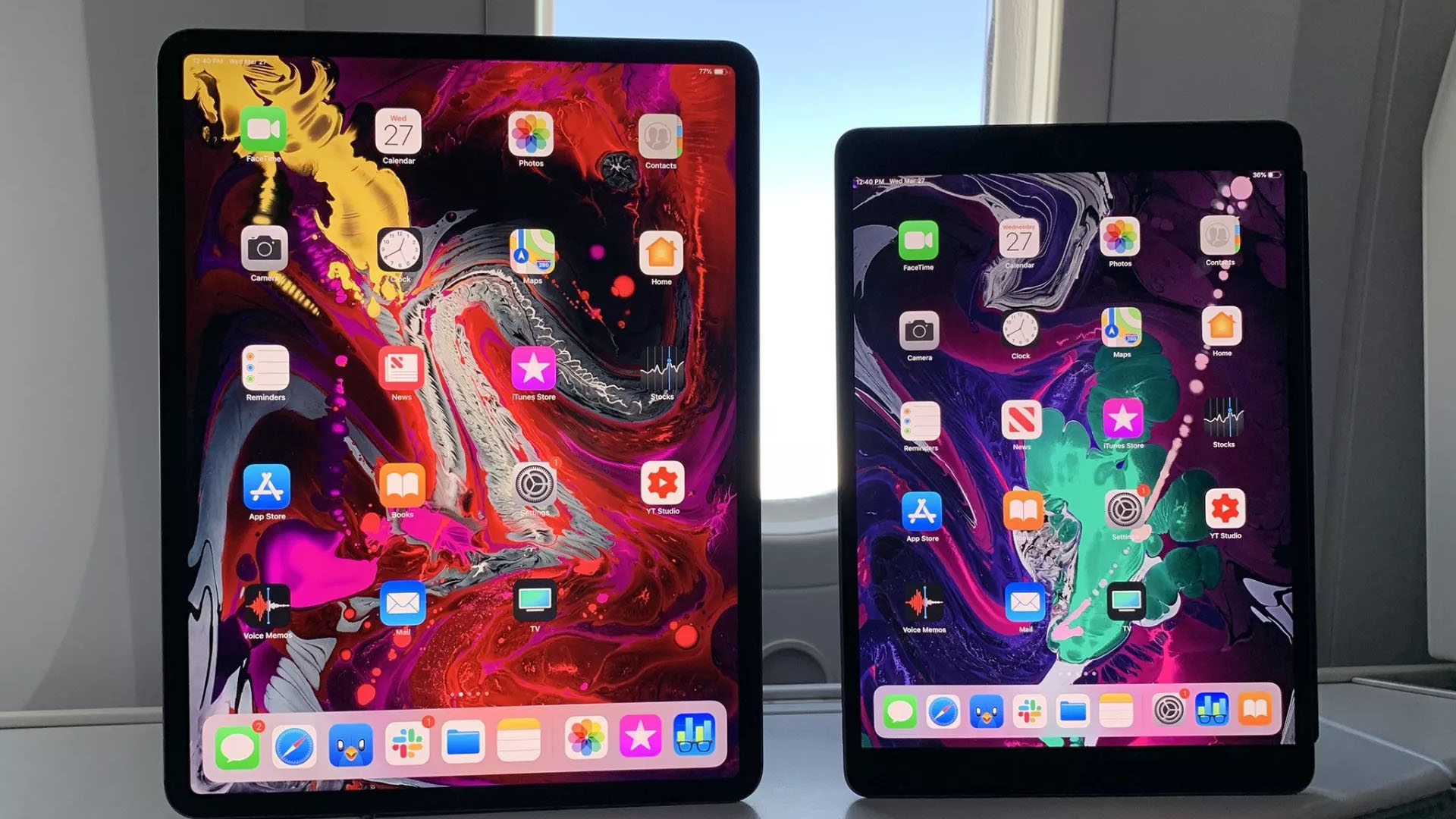Apple released a handful of new iPads in the last 12 months along with the long-anticipated iPadOS 16. But was it a good year for iPad?
It’s hard to believe that we’re already at the end of 2022. However, the end is indeed near and as such it’s a good time to look back on all of the things that happened this year. We’ll go over everything big that happened this year in the world of iPads and discuss how well Apple’s tablet did — and in 2022, there was one clear winner…
iPadOS 16 brought brand new features to iPad
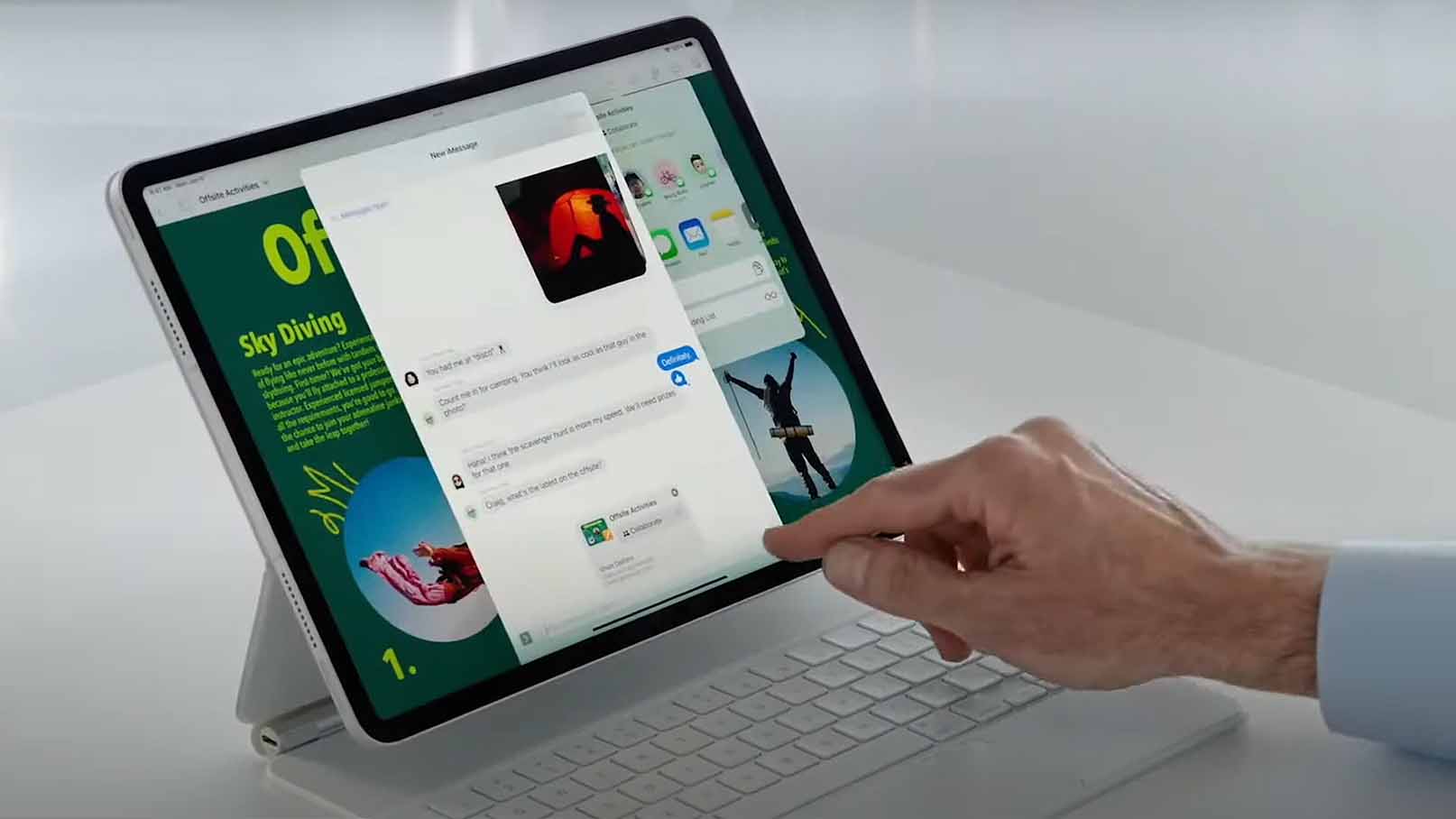
The latest operating software for iPad was announced in June and finally released on October 24 after being available in free public beta for a while. With this launch, iPadOS 16 brought several updates and new features to compatible iPads, such as Stage Manager, Live Text, Family Sharing, and more. The most important additions were:
- Stage Manager — Makes it easier to multitask by letting users resize windows, overlap windows, and jump between different windows and apps faster. It’s a step in the right direction for multi-tasking on iPad: some people loved it, but not everyone is convinced by its sometimes-inconsistent functionality. It also comes to Mac, too.
- Desktop-Class Apps — These are the simple tools we take for granted on desktop such as consistent undo, redo, find and replace, multiselect, column autocompleting numbers, and additionally similar functions.
- Collaboration and the ‘Freeform’ app — Allows multiple users within groups to communicate while sharing and editing documents in real-time. As Apple describes it, “you can view others’ contributions as they add content and make edits, just as if you were together, standing in front of a real whiteboard.” At the heart of this is a new cross-device app called Freeform, a shared digital worksheet.
- Live Text — AI makes any text that appears on the iPad interactive. For instance, if you took a picture of a pamphlet and are viewing it on iPad or you are watching a video that scrolls through a webpage, the Live Text ability allows users to Select, Select All, Copy, Translate, Look Up that text, and more.
- Message editing — Users can edit messages up to 15 minutes after sending them and recipients can see a record of edits. You can also undo send up to two minutes after sending a message.
- Weather app — An app specifically designed for iPad that offers animated backgrounds, provides severe weather notifications, and interactive elements that reveal additional information.
- iCloud Shared Photo Library — Lets users share an iCloud photo library with up to five others. Settings allow users to determine which images automatically get added and each member has equal collaboration abilities when it comes to editing, deleting, or adding captions.
- New Home app — HomeKit‘s core app received an overhaul with improved tile design, camera view options, and categories to help find specific smart devices faster.
- SharePlay — Compatible Game Center multiplayer games can now be played with friends and family during FaceTime calls.
Is iPadOS 16 good, though?
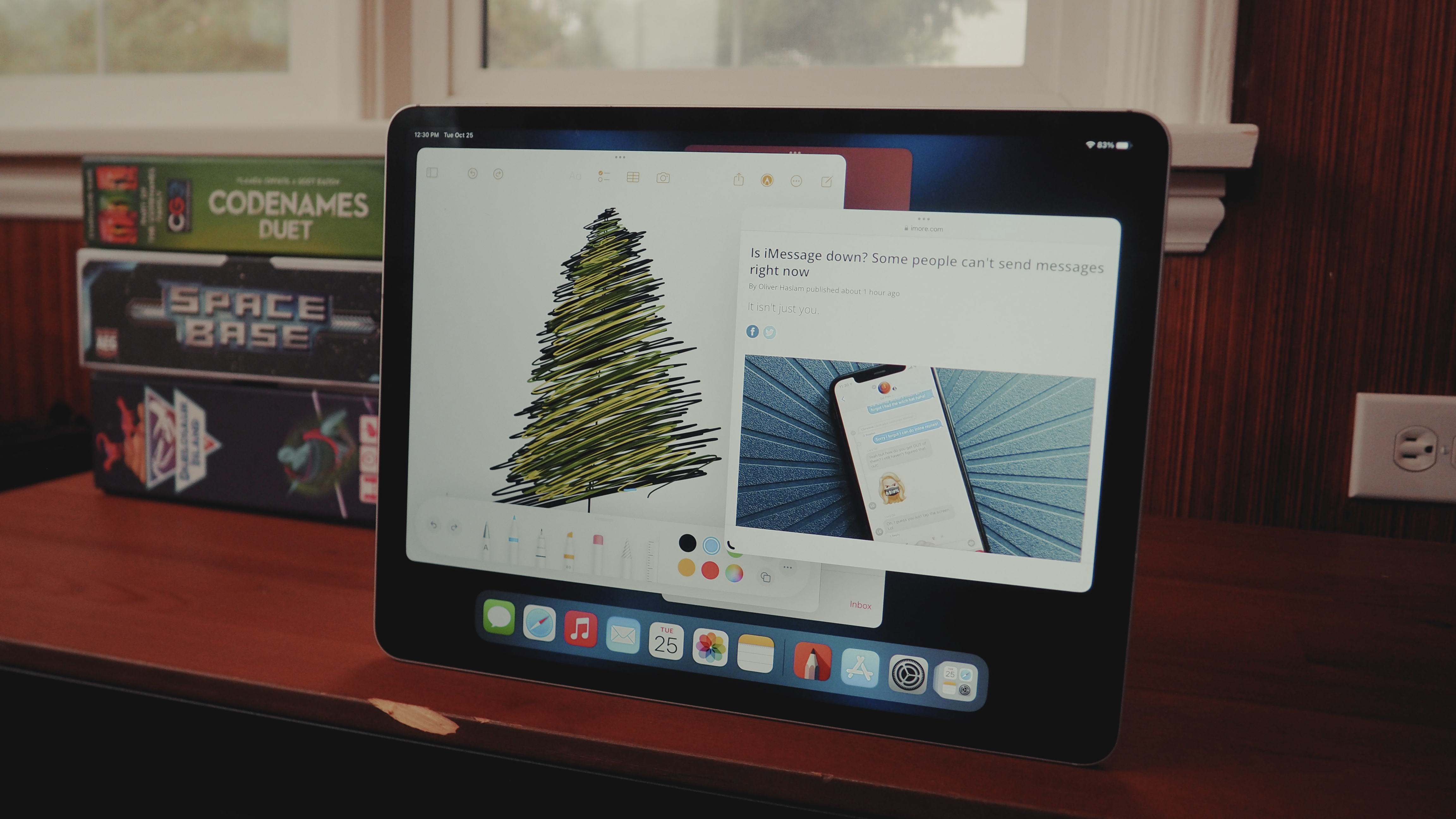
Our own Bryan M Wolfe was able to preview iPadOS 16 in September before its official launch and pointed out the best features made available through the latest version. However, with the good came controversy and plenty of disappointment too, including the fact that many iPadOS 16 features cannot be accessed depending on what iPad you’re using.
One of the biggest iPadOS 16 letdowns was learning that Stage Manager, which was toted as being a game changer for iPad that would allow Apple’s tablet to act more like a Macbook and multitask easier, ended up falling incredibly short. First off, it’s only available for the latest (and most expensive) iPads on the market that feature the M1 or M2 chip: The iPad Air (5th gen), iPad Pro 12.9-inch (5th gen), iPad Pro 11-inch (3rd gen), iPad Pro 12.9-inch (6th gen), and iPad Pro 11-inch (4th gen). This leaves out many iPad owners who have previous models.
Additionally, while the idea of Stage Manager with its multitasking and window resizing abilities is good, the actual experience is buggy and limited at best. Users cannot freely resize windows and instead must stick to predetermined window sizes and placements — That is, if the app they’re using even supports the resizing feature. Plus, only being able to flit through a max of up to four open apps at once is rather restraining. Many people working on a project will want access to more tabs than that.
So while iPadOS 16 is a step in the right direction in terms of turning the iPad into more of a Macbook, it isn’t anywhere near where users hoped it would be. Of course, this might be by design rather than oversight. The last thing Apple wants to do is cannibalize its own products by introducing an update that makes another product obsolete. So keeping the iPad’s features limited and decidedly below the Macbook’s capabilities prevents the iPad from upstaging Apple’s laptop.
iPad Pro with M2 launches but doesn’t introduce much
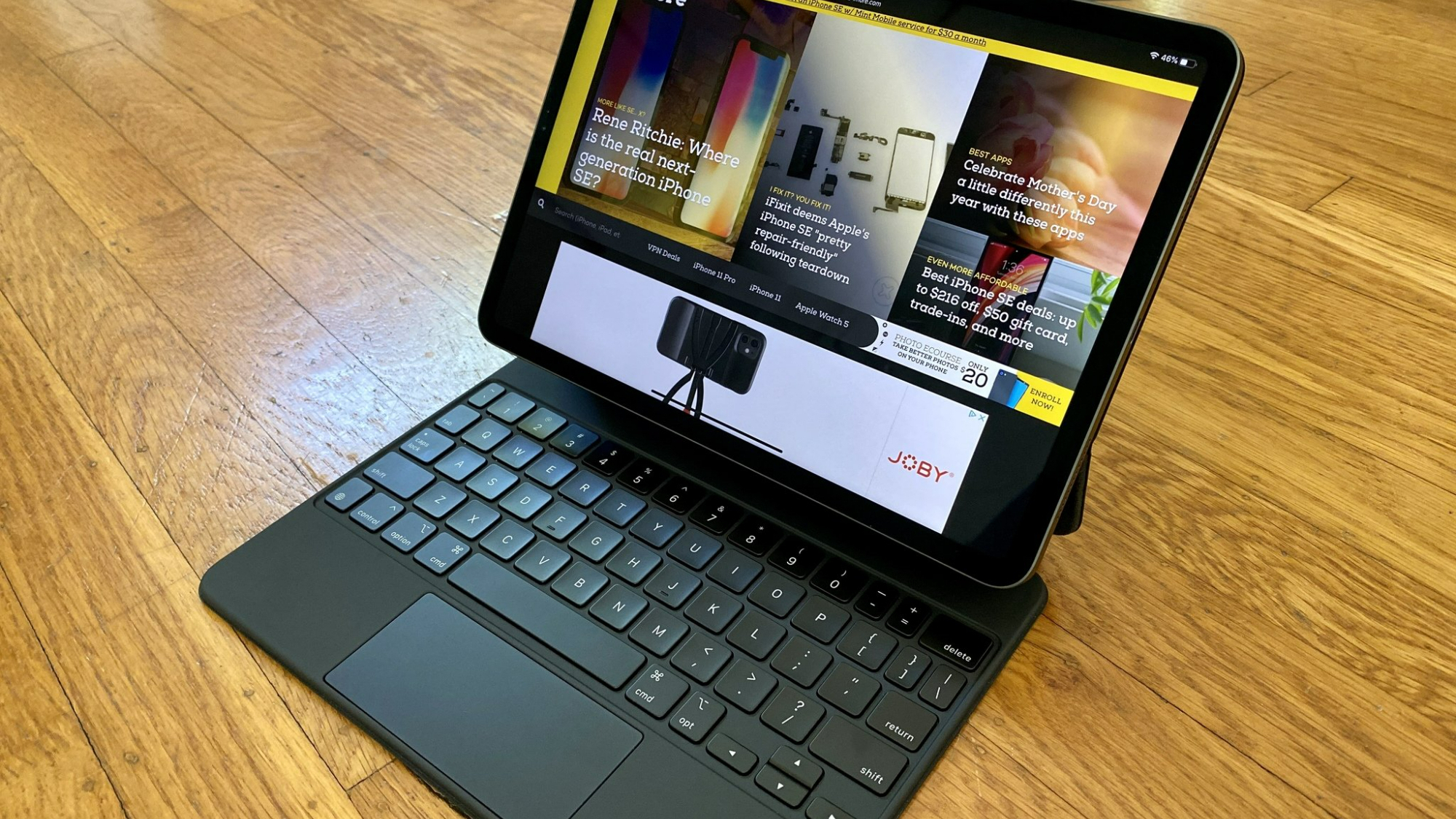
It might feel like iPads with the M1 chip only just released, but the first one actually came out in 2020 and was superseded this October by the newly released iPad Pro with M2 chip. The M2 boasts faster performance and greater power thanks to its improved CPU and GPU, but as of yet, there doesn’t really seem to be many use cases for this increased power.
In our iPad Pro M2 review review, our old pal Luke Filipowicz walked away feeling relatively unimpressed. Of course, it’s still a superb tablet in general, as most iPads are. However, there aren’t enough new features to really make it worth purchasing over older versions. As Luke said, “as fast and powerful as the M2 is, it’s just not the shining star Apple wants you to think it is. I suspect it won’t be noticeable or necessary for 99% of users.” Perhaps this is why Apple decided to gatekeep one of its most important new features behind M2 chip iPads; to make them stand out more.
iPad 10 releases with new colors and some drawbacks
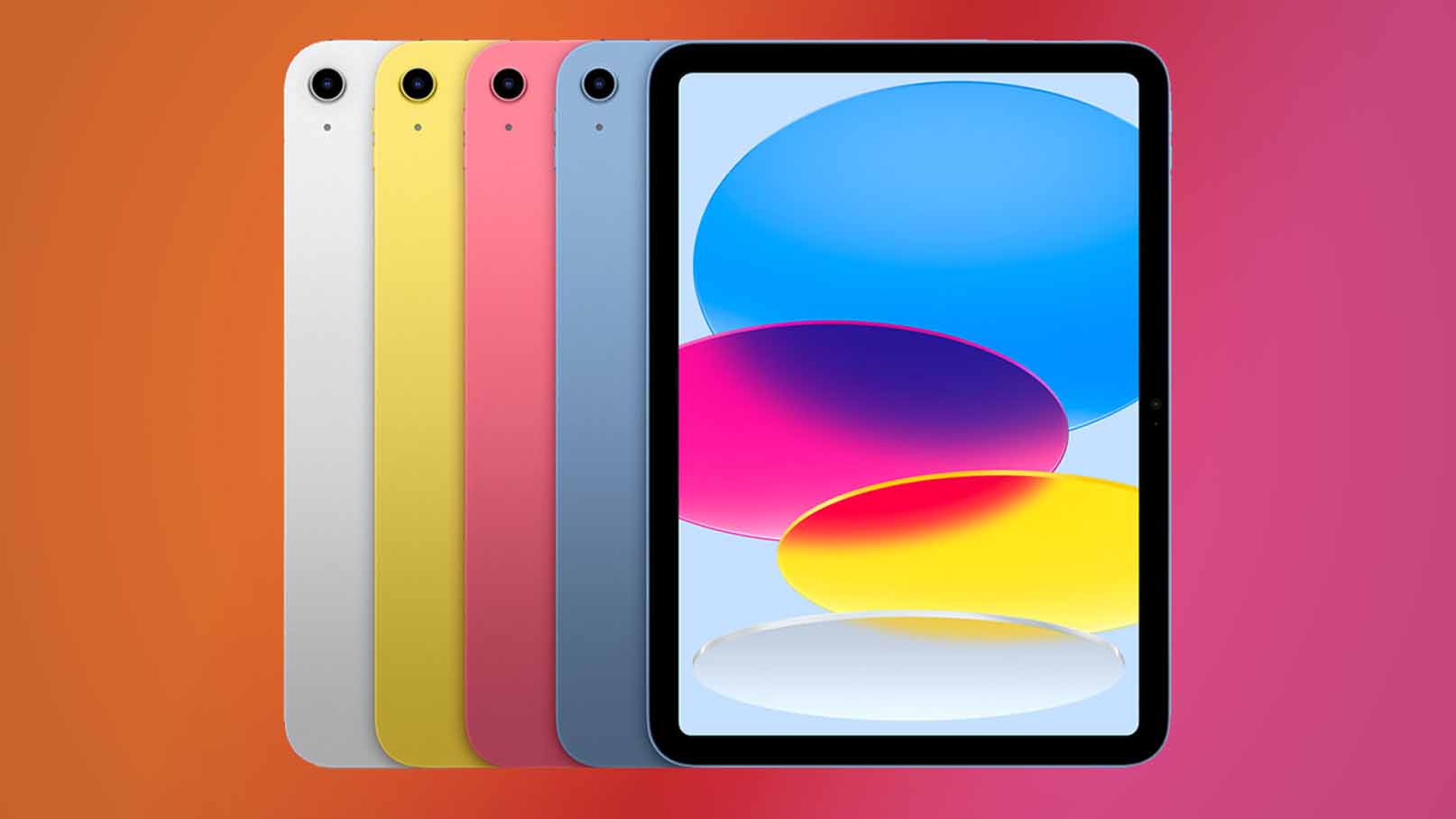
The 10th generation iPad with a 10.9-inch liquid retina display and A14 Bionic chip released in October with four brand new color options: Silver, pink, blue, and yellow. This tablet does away with the Lightning connector in favor of the more universal USB-C port and offers 5G. However, despite being a newer iPad, it only works with the Apple Pencil (1st generation) — and since the iPad 10 has that new USB-C port, it awkwardly requires that users purchase an additional Apple Pencil adapter in order for the iPad to work with it. This feels like a step backward and doesn’t help the new iPad stand out enough from the previous model. You might as well buy the iPad (9th gen) and save some money.
iPad Air 5 is a breath of fresh… air
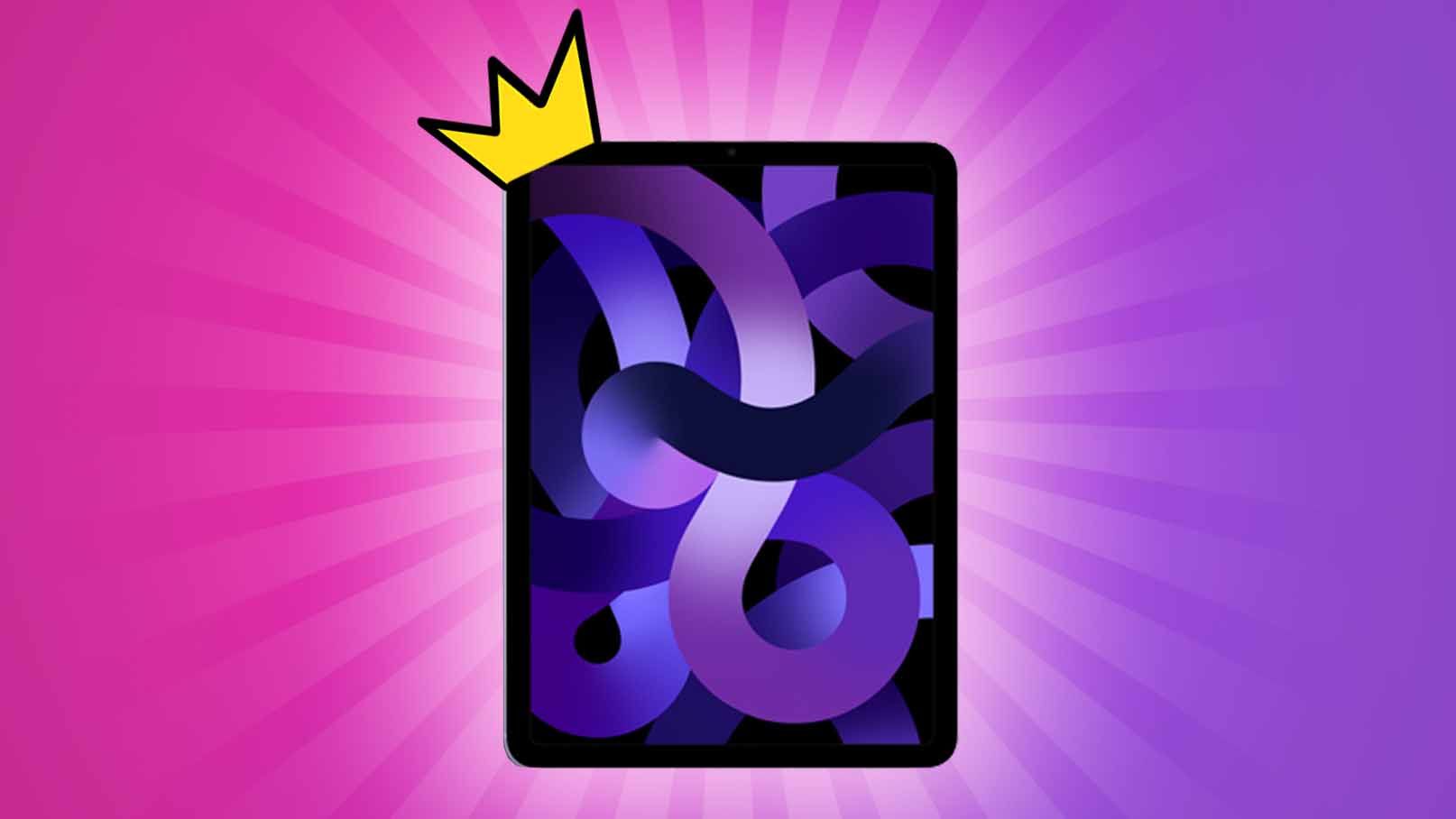
Apple’s best iPad of 2022 (by far) released back in March. As we said in our iPad Air 5 review, “if you want the best iPad performance at the best price, the iPad Air 5 is the tablet you should buy.”
That’s because the iPad Air 5 uses the M1 chip that boasts fast processing power and smooth usage. While not as powerful as the newer M2 chip, it works almost just as well while not costing as much as the latest M2 iPads.
Additionally, it’s compatible with the Apple Pencil (2nd generation) and allows for magnetic charging on the side of the tablet so you don’t have to worry about plugging the stylus in, not suffering from the dongle debacle that plagues the 10th-gen regular iPad. What’s more, it uses a USB-C port connection, keeping pace with the way that Apple’s products are moving forward now.
In my personal opinion, there’s currently no need to go with the M2 iPads and so the iPad Air 5 is king this year.
What happened to iPad Mini?
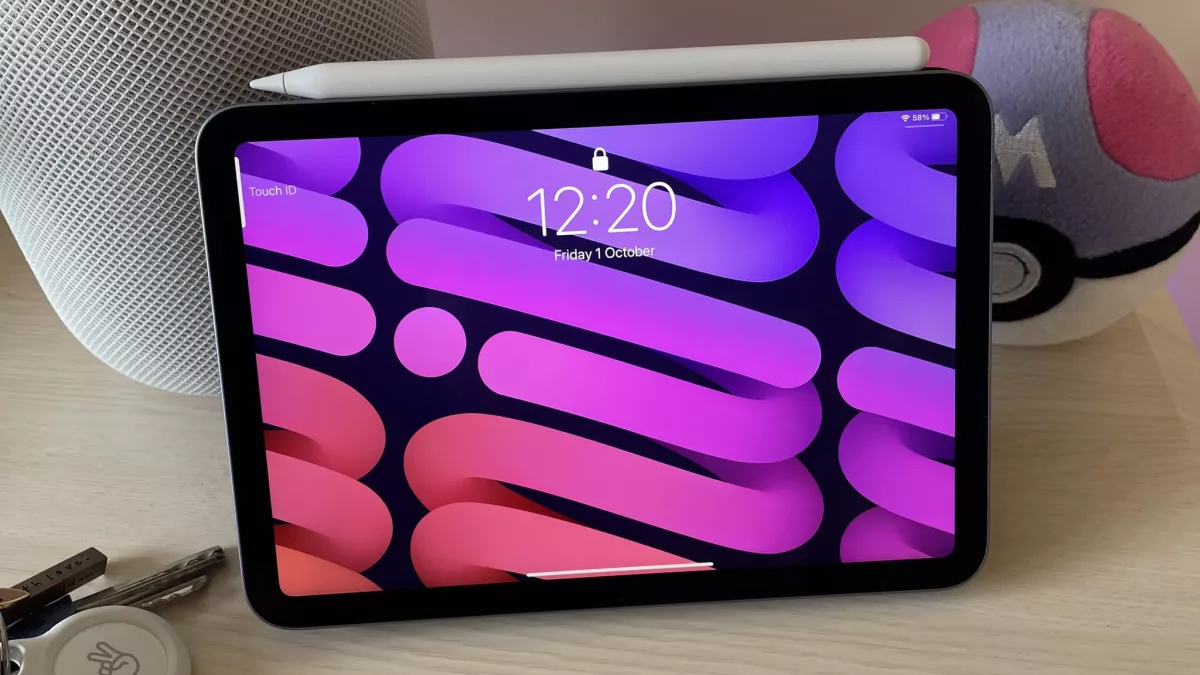
While looking at everything iPad-related that released in 2022, you probably noticed something missing. There was no new iPad Mini. This isn’t too surprising given that the iPad Mini 6 came out in September 2021 and a new version tends to come out every 12 to 18 months. It’s very possible that Apple could reveal its next iPad Mini early next year. Perhaps it will include the M1 chip or maybe even the latest M2 chip, when it finally launches, but for now we’re left to dream of what may come.
Was this a good year for iPad?
If I was to describe iPad 2022 in one word it would be, “meh.” There was no new iPad Mini and it’s feeling apparent that Apple is intentionally limiting the latest M2 iPads — from a software and multitasking point of view — so that they don’t overtake the MacBook. This in turn leads the latest iPads to hitting unnecessary walls and falling short of expectations. Additionally, the best features of iPadOS 16 are only available on the latest Apple silicon iPads, but even that isn’t tempting enough to purchase the latest 2022 iPad Pros. If you’re going to get any iPad, you’re good to stick with that previous generation for each model for now.
The one glimmering highlight for iPad in 2022 was the release of the iPad Air 5. I personally own this tablet and use it every day. It costs less than the iPad Pro M2, but still offers a wide array of features and excellent processing power. The Apple Pencil (2nd generation) works beautifully with it and it features the USB-C port for the latest charging connection. While the M2 iPad Pros are technically faster and more advanced, you’ll save money and still be able to access the most important features with the iPad Air 5. It’s made the iPad line up this year feel a bit confused — why buy either the 10th-gen iPad or an M2 iPad Pro when the iPad Air 5 sits happily in the middle, capable of filling both roles? It’s starting to feel like the one iPad to rule them all.
So, it hasn’t been a banger year for iPad, but there’s definitely something good that has come from it. We’ll have to see what Apple has in store for its tablets in 2023. Hopefully, it will be better than this year.
